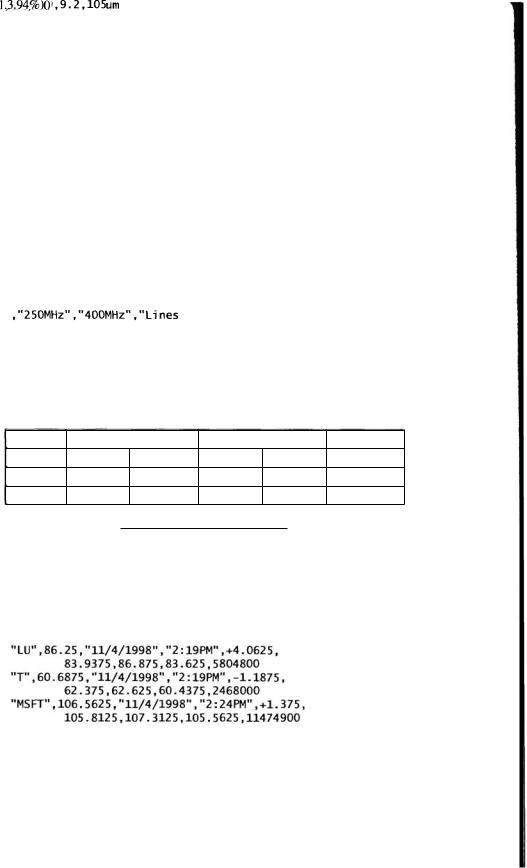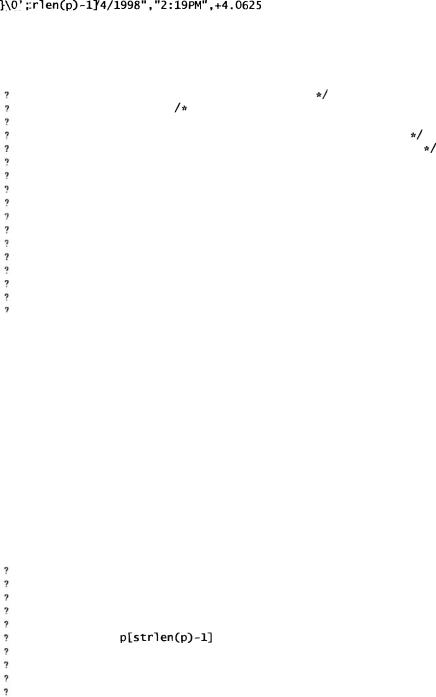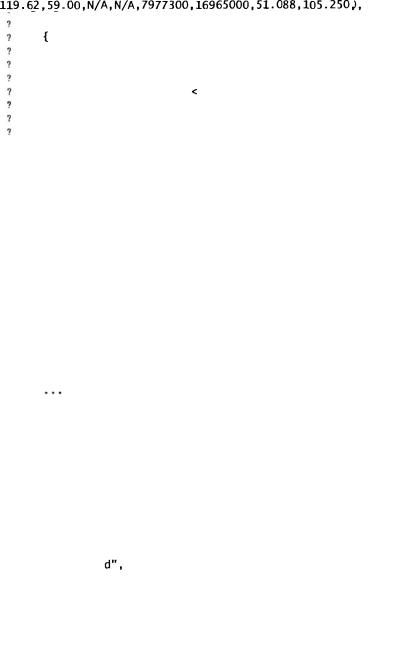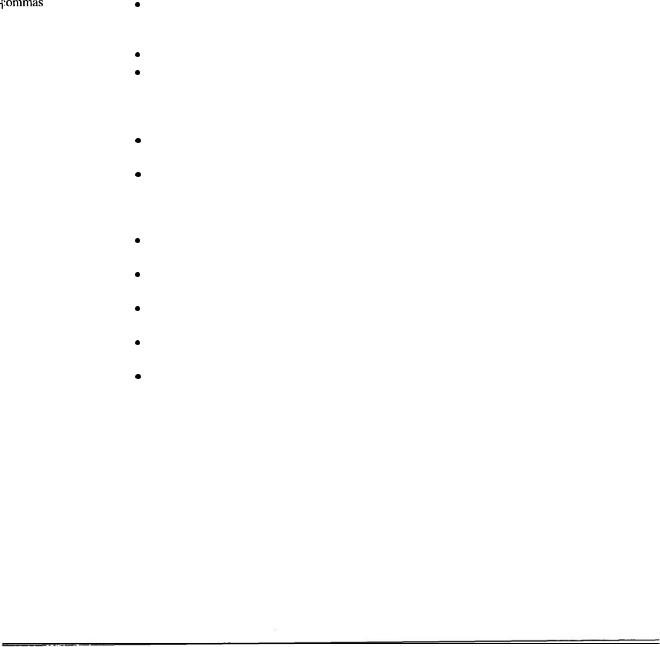
The Practice of Programming - B. W. Kernighan, Rob Pike
.pdf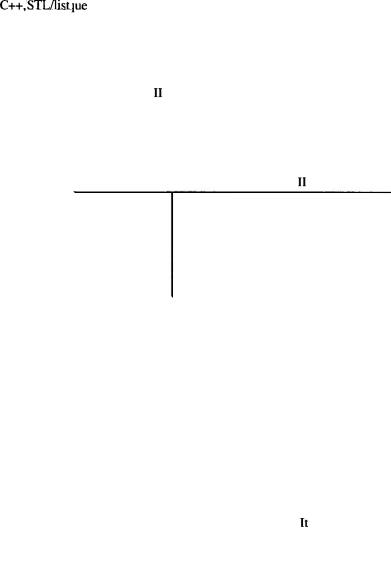


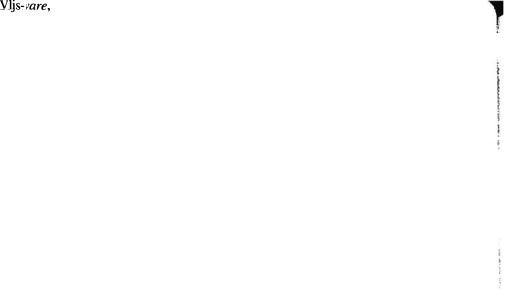
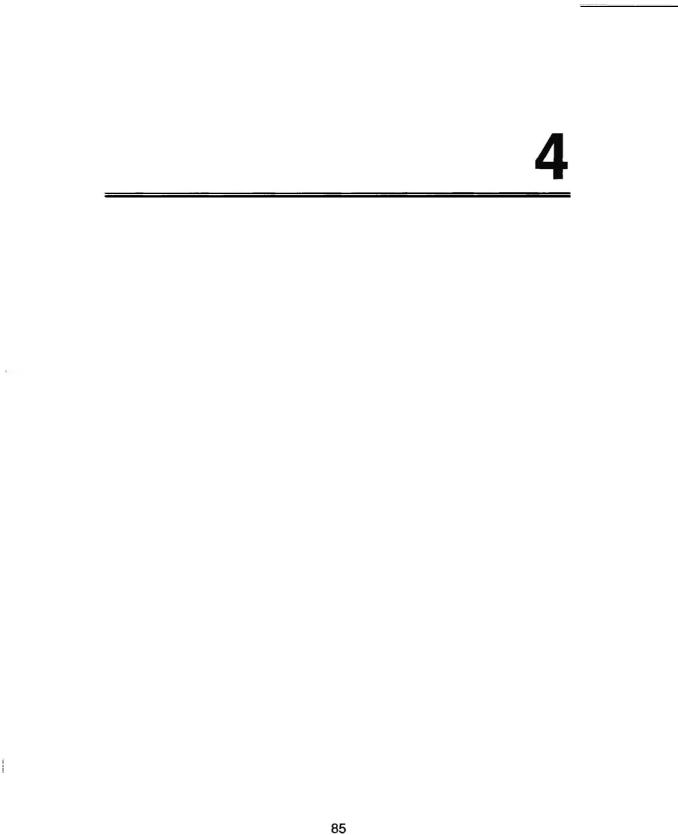
Interfaces
Before I built a wall I'd ask to know
What I was walling in or walling out,
And to whom I was like to give offence.
Something there is that doesn't love a wall.
That wants it down.
Robert Frost, Mending Wall
The essence of design is to balance competing goals and constraints. Although there may be many tradeoffs when one is writing a small self-contained system, the ramifications of particular choices remain within the system and affect only the individual programmer. But when code is to be used by others, decisions have wider repercussions.
Among the issues to be worked out in a design are
 Interfaces: what services and access are provided? The interface is in effect a contract between supplier and customer. The desire is to provide services that are uniform and convenient, with enough functionality to be easy to use but not so much as to become unwieldy.
Interfaces: what services and access are provided? The interface is in effect a contract between supplier and customer. The desire is to provide services that are uniform and convenient, with enough functionality to be easy to use but not so much as to become unwieldy.
 Information hiding: what information is visible and what is private? An interface must provide straightforward access to the components while hiding details of the implementation so they can be changed without affecting users.
Information hiding: what information is visible and what is private? An interface must provide straightforward access to the components while hiding details of the implementation so they can be changed without affecting users.
 Resource management: who is responsible for managing memory and other limited resources? Here, the main problems are allocating and freeing storage. and managing shared copies of information.
Resource management: who is responsible for managing memory and other limited resources? Here, the main problems are allocating and freeing storage. and managing shared copies of information.
 Error handling: who detects errors. who reports them, and how? When an error is detected, what recovery is attempted?
Error handling: who detects errors. who reports them, and how? When an error is detected, what recovery is attempted?
In Chapter 2 we looked at the individual pieces-the data structures-from which a system is built. In Chapter 3, we looked at how to combine those into a small program. The topic now turns to the interfaces between components that might come from different sources. In this chapter we illustrate interface design by building a
